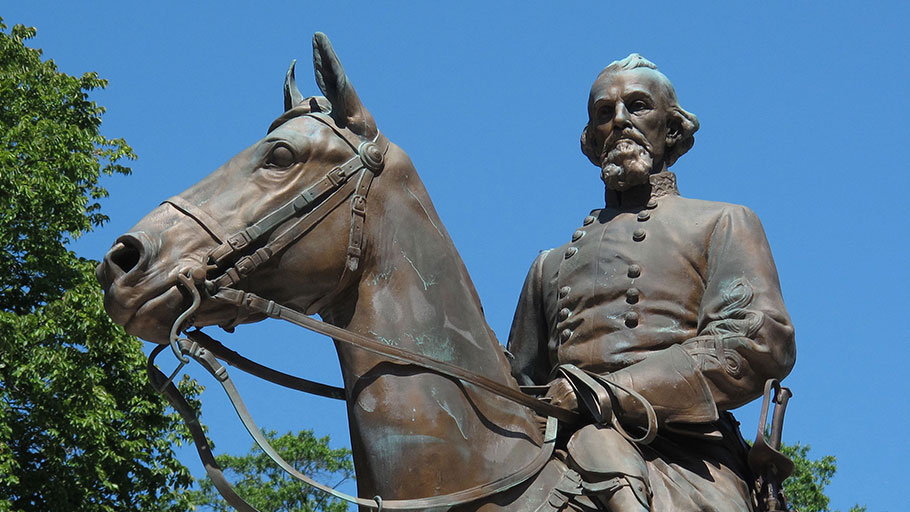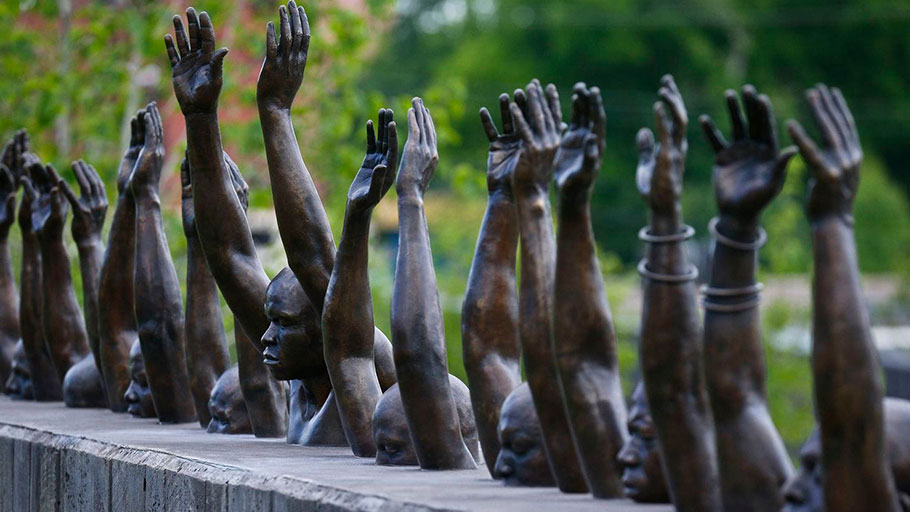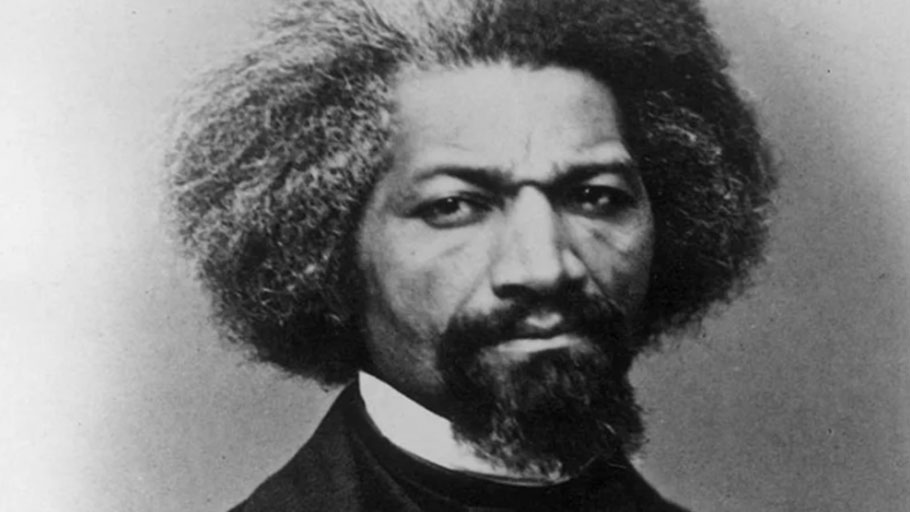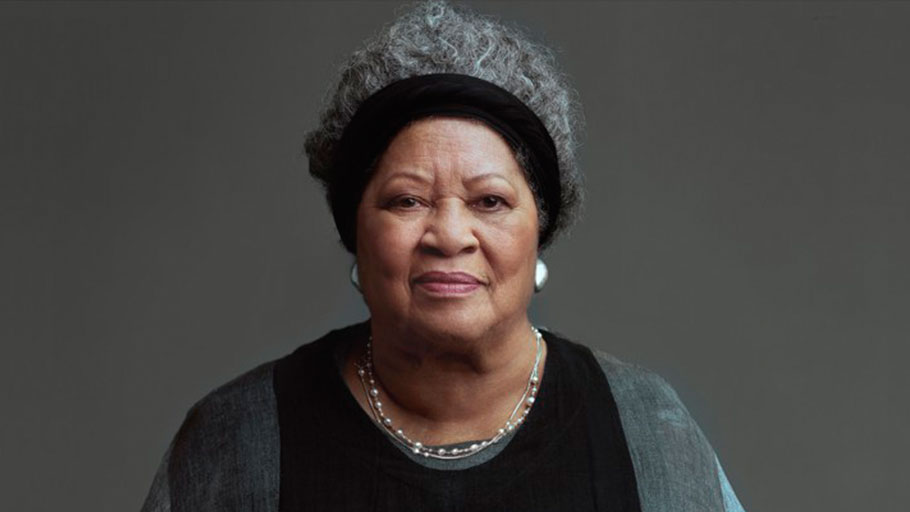
By Keisha N. Blain, The Washington Post — Honoring a former Confederate general and KKK grand wizard in 2019 is outrageous An obscure Tennessee law required Gov. Bill Lee to declare this past Saturday “Nathan Bedford Forrest Day” to commemorate the Confederate general and Ku Klux Klan leader. But Lee went further, admitting he had not even considered whether the law should be changed. His actions drew sharp criticism from politicians throughout…
























